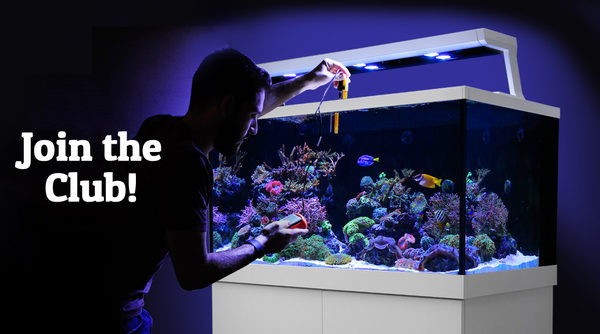CRITTER CARE GUIDE: SPIDER
Bird Eating- Selenotypus sp.
Trapdoor- Misgolas sp.
Huntsman- Sparassidae sp.
Funnel Web- Atracacinae sp.
Safety First
Spiders have a Venomous Bite, spiders may bite you if they feel threatened. Bird Eating Spiders are capable of a bite that can cause serious pain for up to 6 hours and will require urgent medical attention and a trip to the emergency room (further serious reactions may occur, as with a Bee sting.) We recommend not handling your spider. It is also a good idea not to let your other pets near them, a spider bite can kill a cat or a dog within 30 minutes. Having said this, a pet spider has its kicks! It’s all part of the thrill of keeping a venomous animal.
Housing
We recommend mesh top terrariums. Generally speaking an adult spider is comfortable in a 30x30x30 Terrarium. Extremely large (and old/ 8+ Years) Females may require something a little more spacious as they grow. Smaller spiders will be comfortable in a 20x20x20cm. Mesh Top terrariums allow ventilation while still holding humidity. Our terrariums also have lockable lids (which is always a good idea). Spiders can climb the glass and silicone corners, so standard glass aquariums tend not to be the best option. A small 5 watt heat mat is ideal, either in one corner covering no more than 1/3 the floor space (or mounted to the side of smaller terrariums), this will allow one corner of the environment to be slightly higher than room temperature.
Molting and the importance of Substrate
Your spiders will appreciate a mix of Terrarium sand and Peat Moss/ CocoFibre/ Critter Crumble. A depth of around 10cm is ideal. This is a great nesting material and holds moisture very well. This substrate also creates an ideal humidity for Molting. Your spider will refuse food when preparing to molt, at this time they will become sluggish and at this time it is a good idea to increase misting from once a week, to three times a week. Once the spider has molted, withhold food for a few days to allow the exoskeleton to harden. It is also a good idea to have Driftwood, Leaf Litter and Hides/ornaments available to make your spider feel secure. Huntsman Spiders will prefer vertical pieces of bark and branches, Naturally they prefer living under bark folds on trees and tight places (or behind picture frames in our homes). Open environments or an inability to create a burrow or secure spot will lead the spiders to spin excessive webbing in an attempt to create their own security.
Feeding Time!
Your spiders will usually only feed once every 5-7 days. Crickets and Wood Roaches are ideal feeder insects. Generally speaking, the insect should be around 1/3 the size of your spider. Very large adults may feed on Pinky Mice occasionally. Always feed with Tweezers (not your fingers) or drop the insect in for your spider to hunt. If your spider refuses the meal, take out the insect after 12 hours. A small shallow water dish should always be available, try to use distilled water, Reverse Osmosis, or de-chlorinated tap water.
Cleaning & Maintenance
Maintenance and cleaning is very minimal, wipe down the glass with wet paper towel (on tweezers) when necessary. Also remove moult, waste, or dead insects when necessary. You can usually completely replace the substrate every 3 months.



